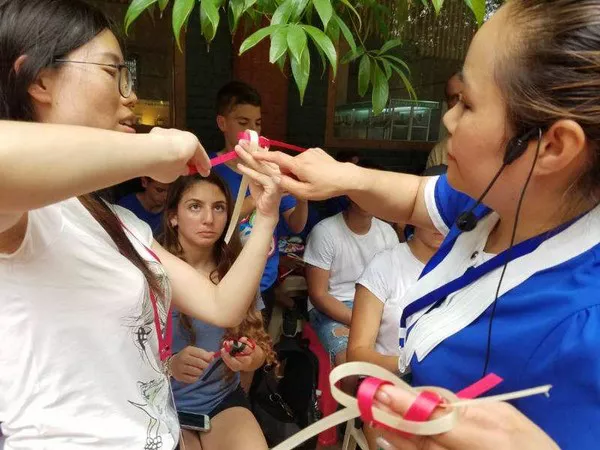Welcome to Bloomberg’s weekly design digest, where we delve into the latest developments in architecture and the intersection of design and well-being. I’m Kriston Capps, your guide to the world of built environments and the people shaping them.
This week, Frida Escobedo, the architect slated to design a new wing for the Met, unveiled a groundbreaking apartment project in Brooklyn’s Boerum Hill. Stay in the loop by subscribing to receive this newsletter every Sunday.
In the past two decades, there has been a growing recognition among health care professionals of the potential of design to address mental health challenges. Architects and designers are increasingly incorporating elements of nature, light, and transparency into clinical settings, viewing them as integral components of treatment programs.
The Ohana Center for Child and Adolescent Behavioral Health represents a culmination of this trend. Nestled in Monterey, California, this new facility reimagines the therapeutic environment, with curving, low-slung building volumes designed to integrate nature into the healing process for children. CityLab contributor Alexandra Lange recently visited Ohana — named after the Hawaiian term for extended family — and observed a departure from the traditional institutional setting in favor of a design that resonates with young patients.
Lange explores how Ohana’s fluid design accommodates various clinical programs while prioritizing safety and comfort. Unlike traditional structures, there are no towering structures; every part of Ohana is welcoming and accessible, with wood-framed corridors replacing sterile hallways.
Crafted by NBBJ, renowned for its work on Amazon’s headquarters, Ohana offers a potential blueprint for future clinics. Featuring mass timber components and pre-fabricated modular elements, it sets a precedent for holistic, sustainable architecture.
In a similar vein, architects are embracing trauma-informed design principles to create therapeutic spaces. El Dorado’s design for Parrott Creek Child and Family Services in Oregon City, Oregon, centers around an extended porch concept, seamlessly blending indoor and outdoor environments to foster a sense of continuity and tranquility.
Even within the confines of the 16-bed residential unit at Ohana, designed for short-term stays, the emphasis remains on healing rather than correction. As Lange notes, Ohana challenges the notion of mental health care as a clandestine affair, asserting that better care emerges from communal settings and that children deserve environments designed with their well-being in mind.

























